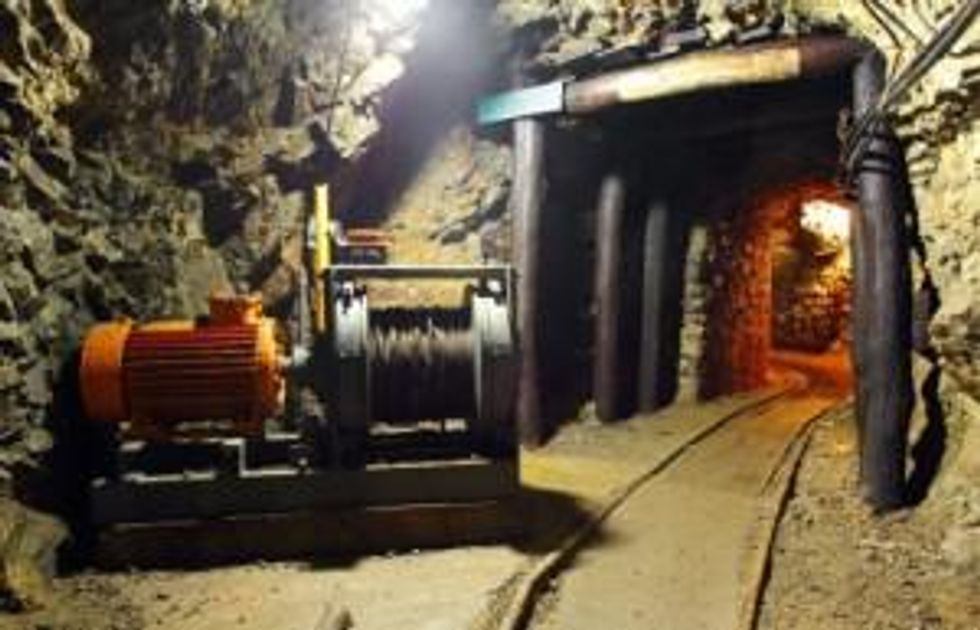Chuquicamata’s Life Underground Will Cost a Fortune, but is Likely to Pay Off for Codelco
Codelco’s plan to spend nearly $4 billion to convert its Chuquicamata open-pit copper mine into an underground mine should pay off for the world’s largest producer of the red metal.
Codelco is following in the steps of Rio Tinto (LSE:RIO,ASX:RIO,NYSE:RIO), which is making a $660 million investment to extend the life of its Bingham Canyon mine near Salt Lake City, Utah, from 2018 to 2029, and Xstrata (LSE:XTA), which has a AU$589 million plan to lengthen the life of its Ernest Henry mine in Queensland to at least 2024. Freeport-McMoRan’s (NYSE:FCX) Grasberg mine in Indonesia will also go underground in 2016.
“Typically, the cost of mining ore will increase as a pit gets deeper,” Anthony Finch of mining consulting firm Snowden Group said. Chuquicamata is currently about 850 meters deep while Rio Tinto’s Bingham Canyon, the world’s deepest copper mine, is about 1.2 kilometers deep. The cost of transporting copper at Chuquicamata has become too high, as trucks use 3,100 liters of fuel each per day, driving 11 kilometers to the surface, according to Canadian Business.
For an underground mine, initial building may be more expensive, but in contrast to an open-pit mine, the cost won’t increase the deeper you go, Finch said in an email interview. He said that typically at the point a mine transitions from open pit to underground, the costs will be similar. “It is not so much that the unit cost will drop, but that it would be maintained, rather than rising if the pit was continued.”
Finch also noted that the kind of underground mine planned at Chuquicamata — which requires the block caving method — may be the most expensive to build, but it is also the most productive in the long term. It also offers lower mining costs compared to other underground methods.
Chuquicamata would have become unprofitable during the next decade, according to Codelco, and while Finch said it is not uncommon for open pits to run until they are no longer economic, that isn’t really a problem. “The problem is when operators are not prepared for the transition and don’t appreciate the complexities that need to be resolved in terms of logistics, planning and the impact they have on timelines for starting an underground mine.”
Finch said that some underground mines have pre-production periods of up to eight or nine years and if a company doesn’t plan for the transition early, there is a risk of a large gap in production. Codelco plans to complete the Chuquicamata’s transition by the end of 2019.
The mine produced 443,000 tons of copper last year. Codelco said the investment in the underground mine will give it access to an estimated 1.7 billion tons of copper ore reserves underneath the open pit, or more than 60 percent of what has been mined in the last 90 years. That translates into production of about 340,000 tons of fine copper per year.
The decline in annual output doesn’t necessarily mean that the mine will become less profitable. According to a January article by Finch, an underground mine will normally deliver a higher grade of ore and so will generate higher cash flow given the same output. Chuquicamata has seen declining ore grades from the open pit, which according to Codelco has contributed to falling profits.
An underground mine should be profitable within two to eight years from the start of production, Finch said, depending on the complexity of the mine, although he noted that repaying capital investments may take much longer.
As companies operating large open-pit copper mines turn to underground mining in an effort to prolong the life of their mines, the industry is also looking at in-situ mining, a third method to extract metals, which is thought to be much less cost intensive, and which results in “minimal” disturbance to the surface environment. The method involves pumping an acid solution into the ground to dissolve the minerals, which are then pumped to the surface and processed. One example of a mine that used in-situ recovery in addition to underground and open-pit mining was BHP Billiton’s San Manuel mine in Arizona. It closed in 2002.
Curis Resources (TSX:CUV) plans to start commercial production through the in-situ recovery method at its Florence copper project in central Arizona in 2014. In September, the company received a permit to start the first phase of operations.
Excelsior Mining (TSXV:MIN) also expects to receive the necessary permits to move forward with its in-situ Gunnison copper project in Southern Arizona. Initial capital costs are expected to be about $324.7 million and it aims to start commercial production in 2015, with an output of 85.65 million pounds of copper per year over 20 years.
Securities Disclosure: I, Ragnhild Kjetland, hold no investment interest in any company mentioned in this article.





